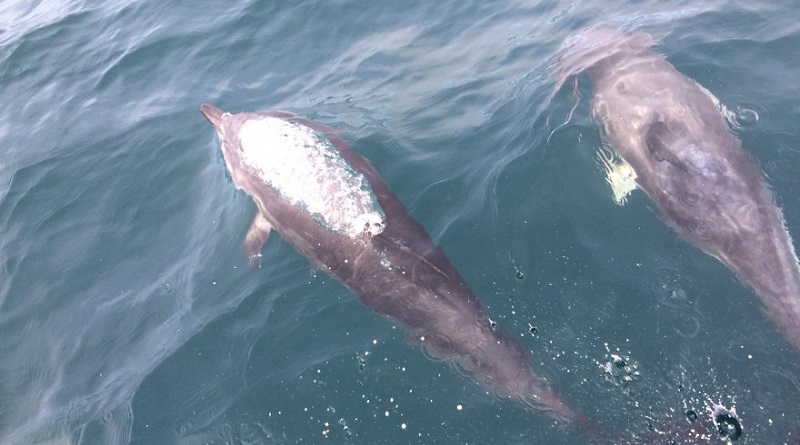Parties to adopt ambitious resolutions on marine mammals
For the 500 Harbour porpoises remaining in the Baltic Sea, life is fraught with peril. Every day, these endearing cetaceans face the deadly threat of getting entangled in fishing nets and suffocating. They have to endure chemical and dangerous noise pollution, survive on a shrinking fish supply and even dodge submerged explosives left behind by the two world wars.
The decimated Baltic population of porpoises is not the only one affected. Other cetaceans, including Common, Bottlenose and Atlantic White-Sided Dolphins, Orcas and Pilot Whales all face the same dangers caused by human activities.
But change is afoot. Parties to the Agreement for the Conservation of Small Cetaceans in the Baltic, North East Atlantic, Irish and North Seas are meeting in Helsinki next week to pass a raft of measures that could drastically improve the status of European cetaceans and make the Baltic Sea a safe haven for Harbour Porpoises.
The meeting is expected to adopt ambitious resolutions to address the most urgent threats facing European marine mammals, including bycatch, ocean energy, anthropogenic noise, polychlorinated biphenyls and underwater munitions.
Bycatch – or unintentional catching of animals while fishing for other species – is the single largest threat to marine animals around the planet and is severely depleting the populations of Harbour Porpoises and Common Dolphins in Europe.
Ocean energy generation affects migratory marine species and their habitats. Installation of wind turbines, for example, is highly noisy and disruptive, while collisions with devices collecting tidal energy can kill porpoises and other cetaceans. These devices can also change animals’ habitats by interfering with hydrodynamics and ecosystem interactions.
The noise generated by offshore construction, shipping, naval sonar and other sources is a major threat to cetaceans. Sudden, impulsive noise can cause direct harm, such as bruising, organ rupture and permanent or temporary threshold shifts – known in medicine as the “disco effect”. Continuous noise can damage hearing and compromise individual animals’ ability to find food, communicate, navigate, and detect threats.
High and persistent levels of polychlorinated biphenyls, a chemical phased out of use in the European Union in the 1980s, are still found today in the blubber of animals such as Bottlenose Dolphins and Orcas. Exposure to this substance can have severe effects, including increased risk of miscarriages and infant death, and negative impacts on immune system functions.
Underwater munitions threaten marine mammals with chemical and physical hazards. Tens of thousands of tonnes of dangerous explosives were dumped into European seas during and following the two world wars. Explosions of these weapons routinely cause injuries and deaths of cetaceans, while chemical warfare agents, such as mustard gas, pose a contamination threat to humans and animals alike.
The Helsinki meeting will run from 30th August to 1st September.




